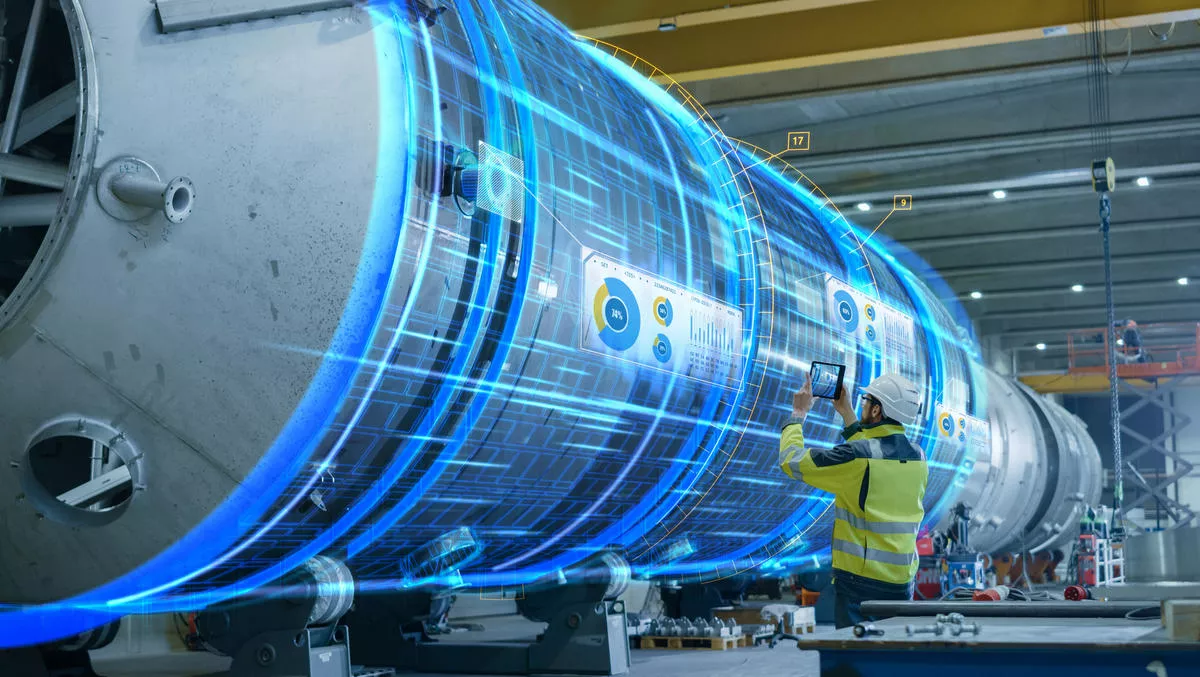
AR and VR presents huge potential for construction industry, but businesses slow to adopt
Alternative reality is being used more frequently and purposely within the construction industry, but businesses are still slow to adopt, according to data and analytics company GlobalData.
According to GlobalData, the construction industry is slowly shifting from years of the wait-and-watch stance to adopting digital technologies to improve the overall project lifecycle from conceptual design to construction.
Considering such developments, alternative reality technologies such as augmented reality (AR) and virtual reality (VR) are increasingly finding their use cases to improve accuracy, efficiency and safety of construction projects, the analysts state.
GlobalData senior disruptive tech analyst Venkata Naveen says, "While the alternative reality technologies have been used in the gaming and entertainment industries for years, they started to make waves in the construction by merging the digital and physical view of job sites to address various bottlenecks.
"The demand to complete projects within budget and on time has propelled construction companies to leverage AR and VR technologies to save time, reduce errors, prevent rework and create a long-term return on investment.
However, there are still barriers to entry, and construction companies are still slow to adopt and invest in developing technologies.
Naveen says, "Despite their immense potential, AR and VR technologies are still falling short of widespread use in the construction industry.
"Key concerns such as wearing bulky AR headsets for long hours, susceptibility to harsh jobsite environments and the non-availability of low latency internet connectivity are hindering the mass adoption of the technologies.
"As AR and VR continue to mature, they can be coupled with 5G and artificial intelligence to become an invaluable asset to the construction industry."
The Digital Solutions Map in Construction of GlobalData's Disruptor Intelligence Center uncovers various use cases of AR and VR across the construction industry value chain.
This includes specific examples from around the globe of AR and VR in action.
Virtual collaboration design and engineering: Boston-based Suffolk Construction has partnered with New York's VR startup InsiteVR to help its engineering teams meet virtually to coordinate, plan and resolve issues, irrespective of their geographical locations.
Users can join the platform via their desktops wearing a VR headset to review project designs, spot issues and make changes, all inside the virtual environment.
Project planning design and engineering: London startup XYZ Reality developed a helmet-mounted device combining augmented reality with building information modeling (BIM) to let contractors visualise the structures, eliminating the need for physical floor plans.
It helps to make BIM more precise and allows engineers to identify if the ongoing construction project follows the original model and spot errors in real-time.
4D modeling and visualisation design and engineering: Pennsylvania-based infrastructure and engineering software provider Bentley Systems launched mixed reality solution SYNCHRO XR for 4D modeling and visualisation of construction projects.
Using Microsoft HoloLens, contractors and engineers can walk around and interact with digital models through intuitive gestures.
The models can help contractors to flag potential errors in project designs and visualise the construction schedule.
Smart glasses construction: British multinational infrastructure group Balfour Beatty implemented Vuzix Blade smart AR glasses at one of its construction sites in the US to help with a request for information (RFI) from project stakeholders, who can no longer visit the sites due to the COVID-19 pandemic.
Site managers walk through the project site wearing the Vuzix smart glasses, wherein clients can view the project progress remotely.
Virtual guidance construction: Aussie tech startup Fologram rolled out an app to merge digital construction models with the physical jobsites to ease laying bricks in complex patterns.
The app pulls data from computer-aided design (CAD) software such as Rhino, translates it into digital instructions and projects them onto Microsofts HoloLens heads-up display. Wearing the headsets, masons can virtually see where to place each brick more precisely.


